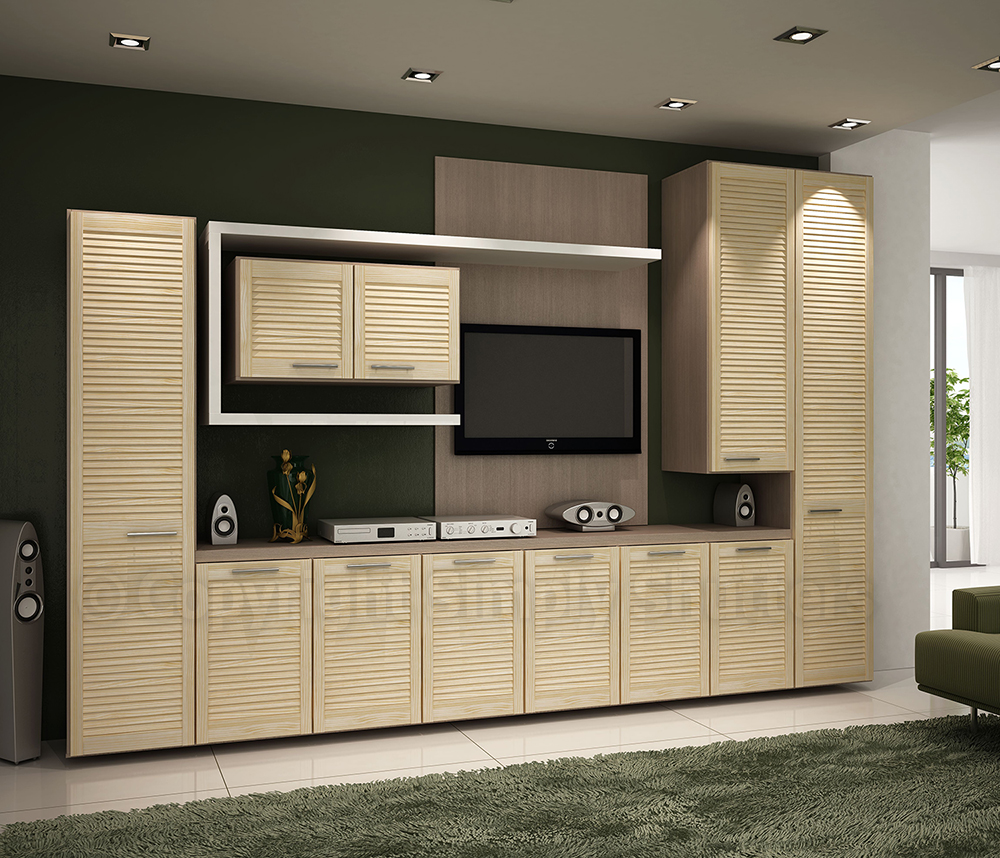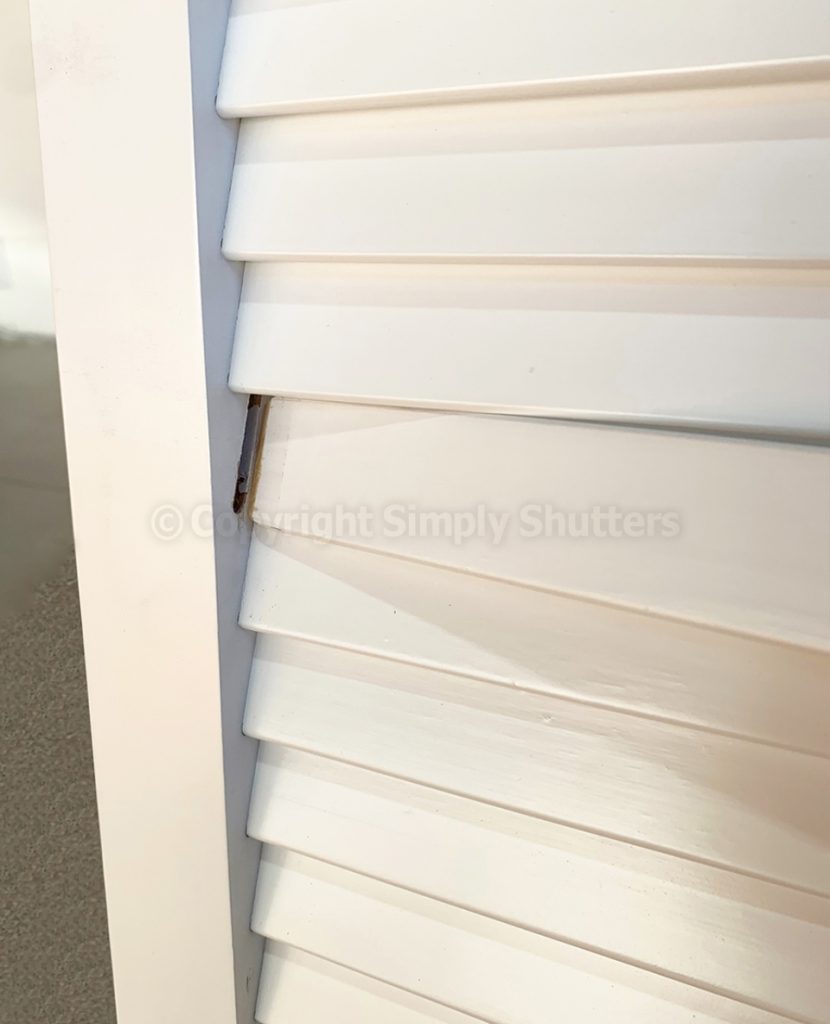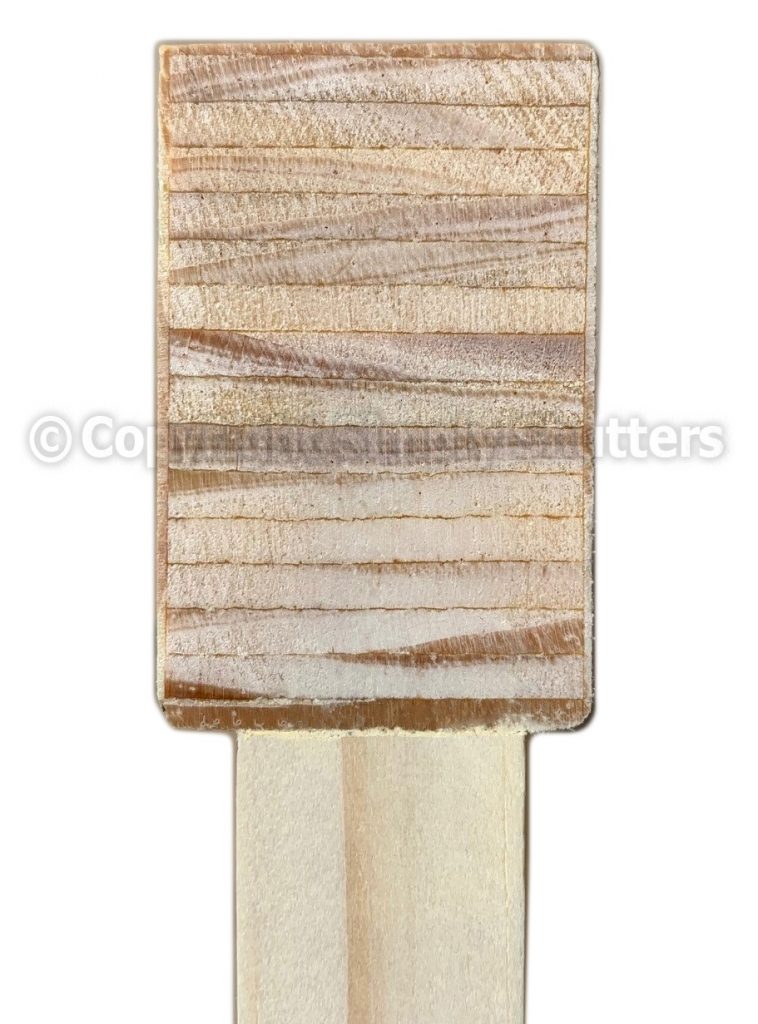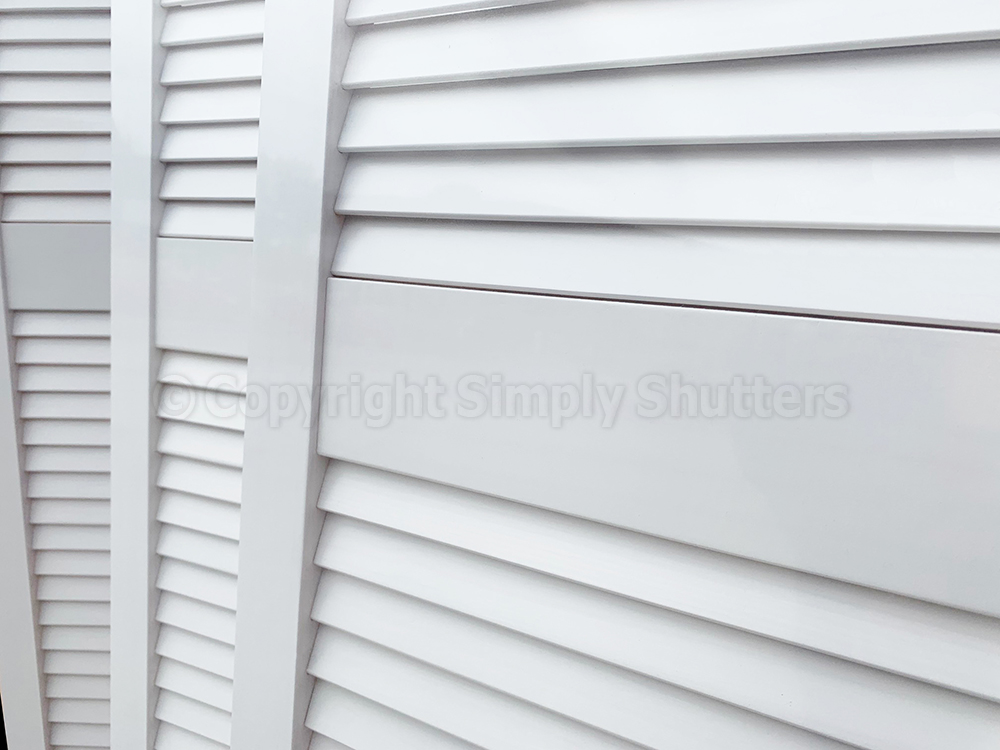

It is a fair to say that louvre doors are one of the most popular internal doors used in homes today. They are no longer considered ‘old-fashioned’. Actually, many louvre doors available today are described as versatile, modern and stylish.
But that is not the only charm of louvre doors. There are many things about this product that are interesting. So much so we thought we would share with you 8 facts about louvre doors:

1. Louvre blades (louvre, louver – pronounced Loo-ver) were first used as early as the Middle Ages in Europe, and most likely earlier in the middle and far east. Mostly used by shutters fitted to windows, louvres were used to allow airflow into a room whilst protecting from the elements (such as rain and direct sunlight). As the louvre style became more popular it became common place to use louvres in door manufacture too.
2. The louvre blades (slats) are not glued into position. The side rails (or stiles as they are commonly known) are routed and the louvre blades are fitted into place. Because of this method of construction it makes it easier to change a louvre blade if required.

3. Louvre doors are most commonly manufactured from wood. FSC (Forest Steward Council) approved doors are made from pine obtained from managed forests that is better for the environment.
4. Some versions of louvre doors are built with a beaded edge on the stiles. Although this appears to be a common feature in earlier manufacture more recent/ contemporary doors tend to favour a flat unadorned stile.
5. Louvre doors of more recent times feature engineered stiles. Engineered stiles are thin strips of wood laminated together in opposing directions and encased in a wood veneer to give the appearance of solid wood. Because of how they are made, engineered stiles perform better than solid wood as they are at less risk of bowing/warping, something which occurs in stiles made of solid lengths of timber.

6. The word louvre is spelt differently depending on where you are. The UK version is spelt ‘louvre’ whereas in the US it is spelt ‘louver’. Also, the word louvre doesn’t just refer to slats in doors or shutters as the Louvre is also the name of a famous museum in France (The Louvre).
7. Louvre doors that are 1676mm and taller come as standard with a centre bar for added strength. Also, louvre doors vary between 21mm and 28mm thick but the 28mm thick doors are by far the most popular.

8. Some louvre door variations do not have open gaps between each slat and instead adopt a closed louvre or faux louvre design whereby the door has the appearance of an open louvre design but there are no gaps. This style is called ‘closed louvre’. There is also a decorative, external window shutter built in the same way that is called a Marbella Shutter.
The facts featured in this article are based on Simply Shutters’ range of interior louvre doors and is not necessarily true of other variations available from other suppliers.
